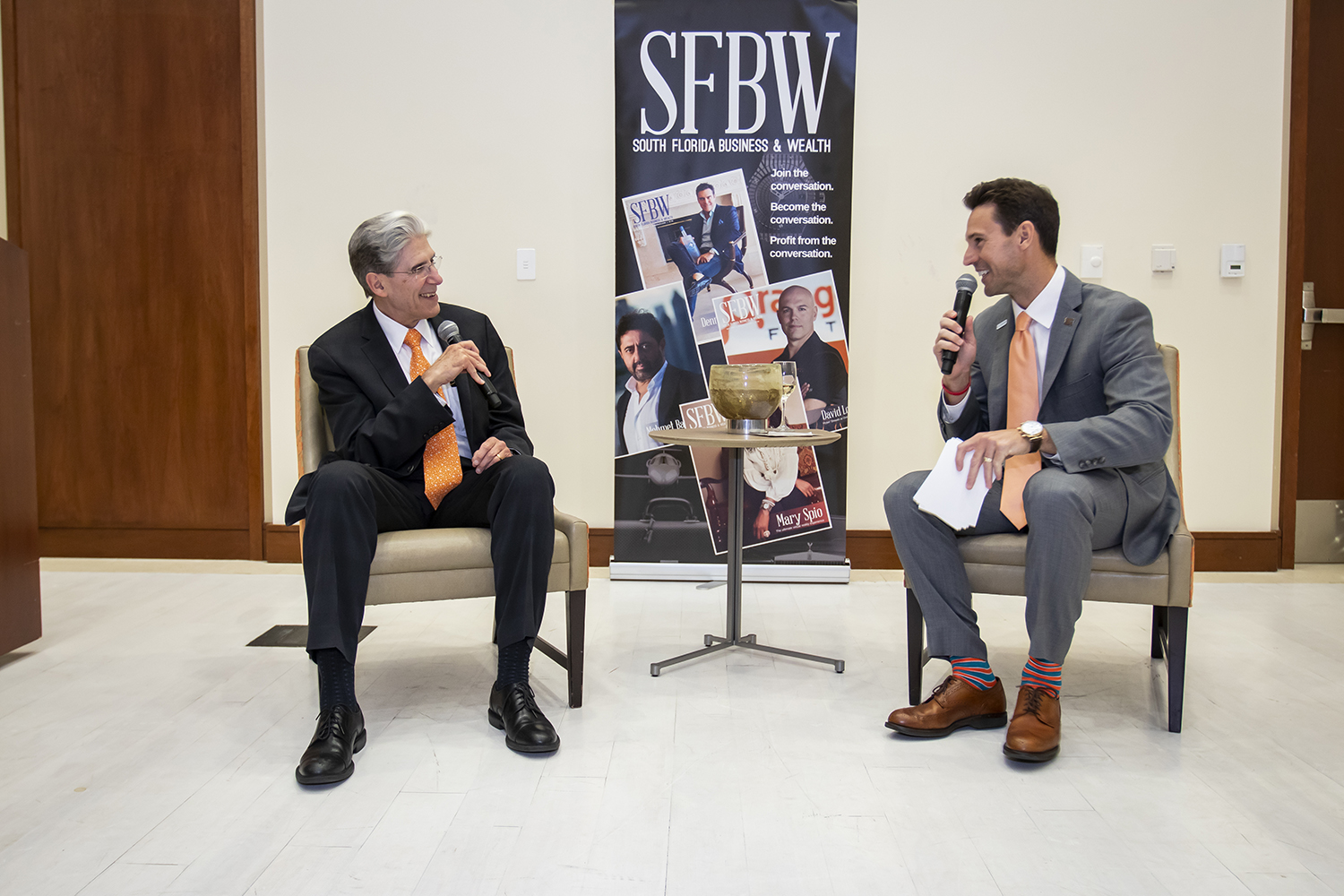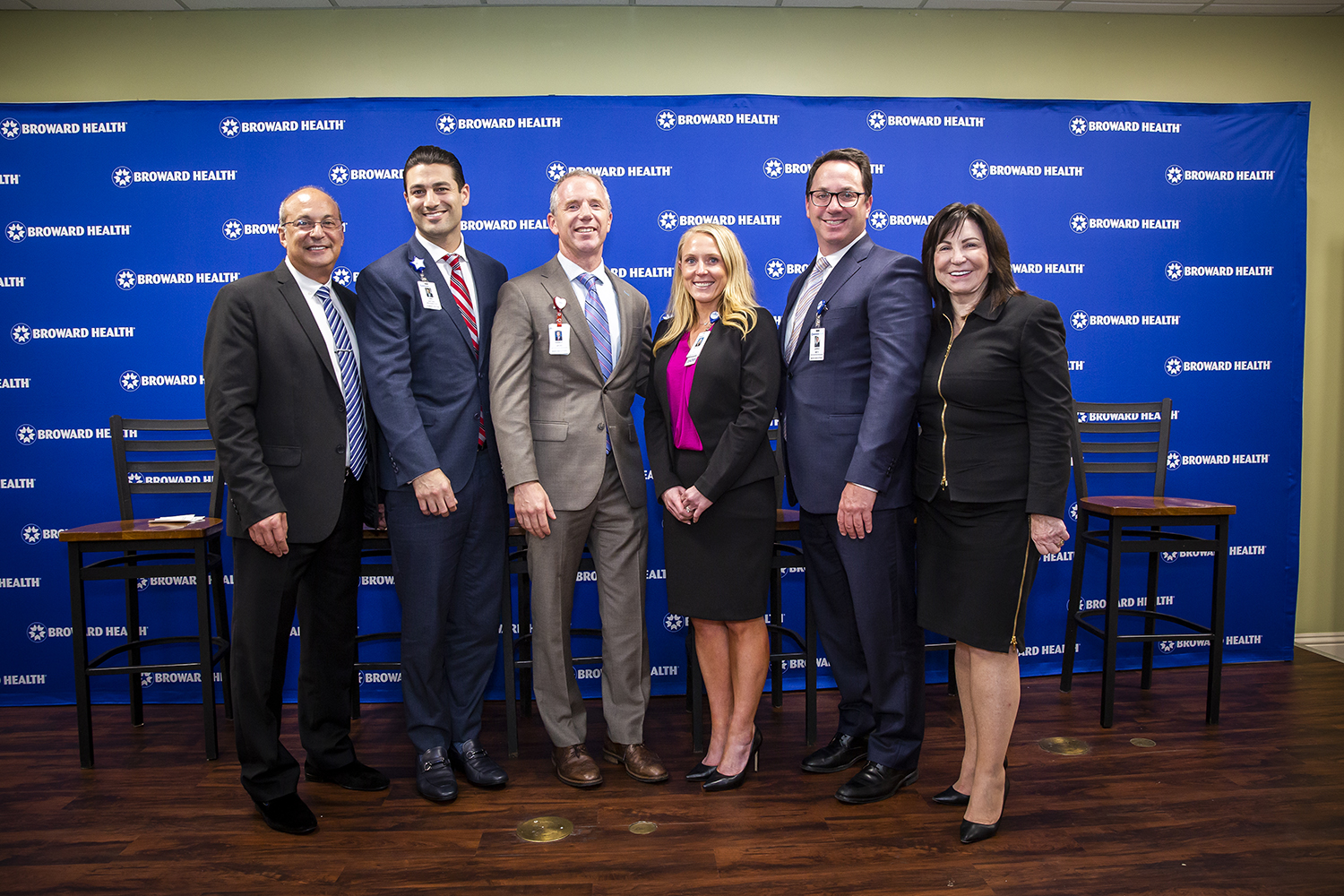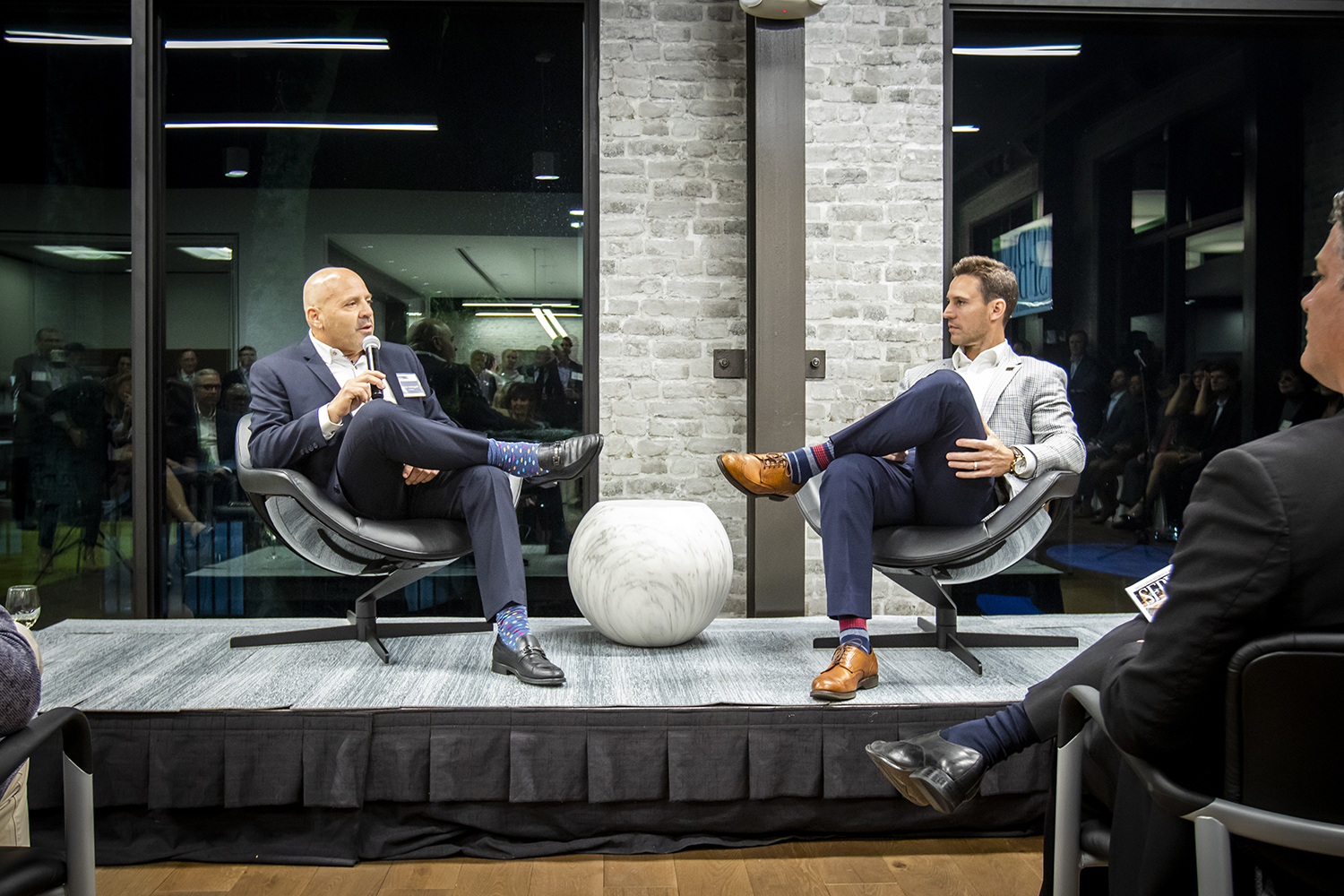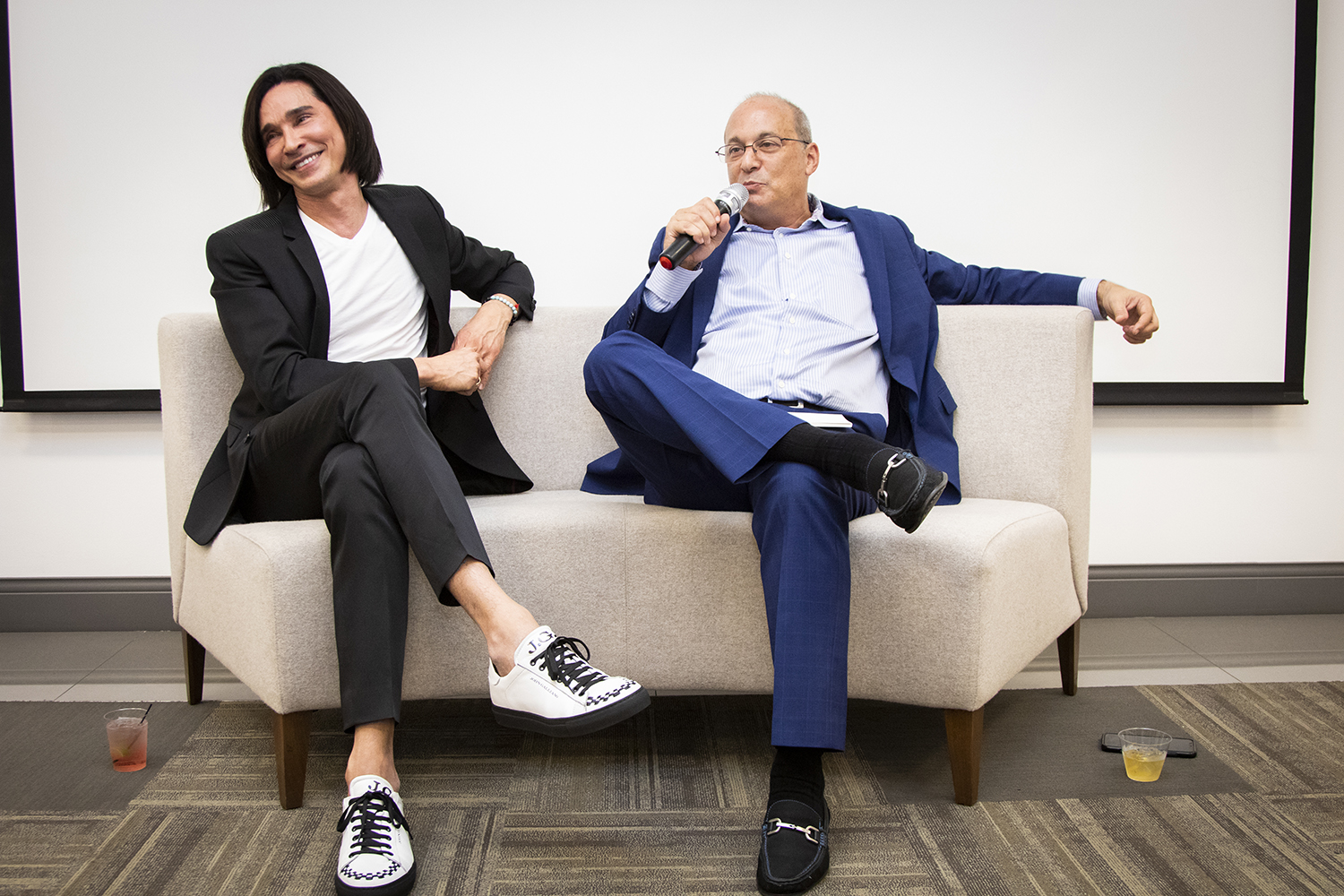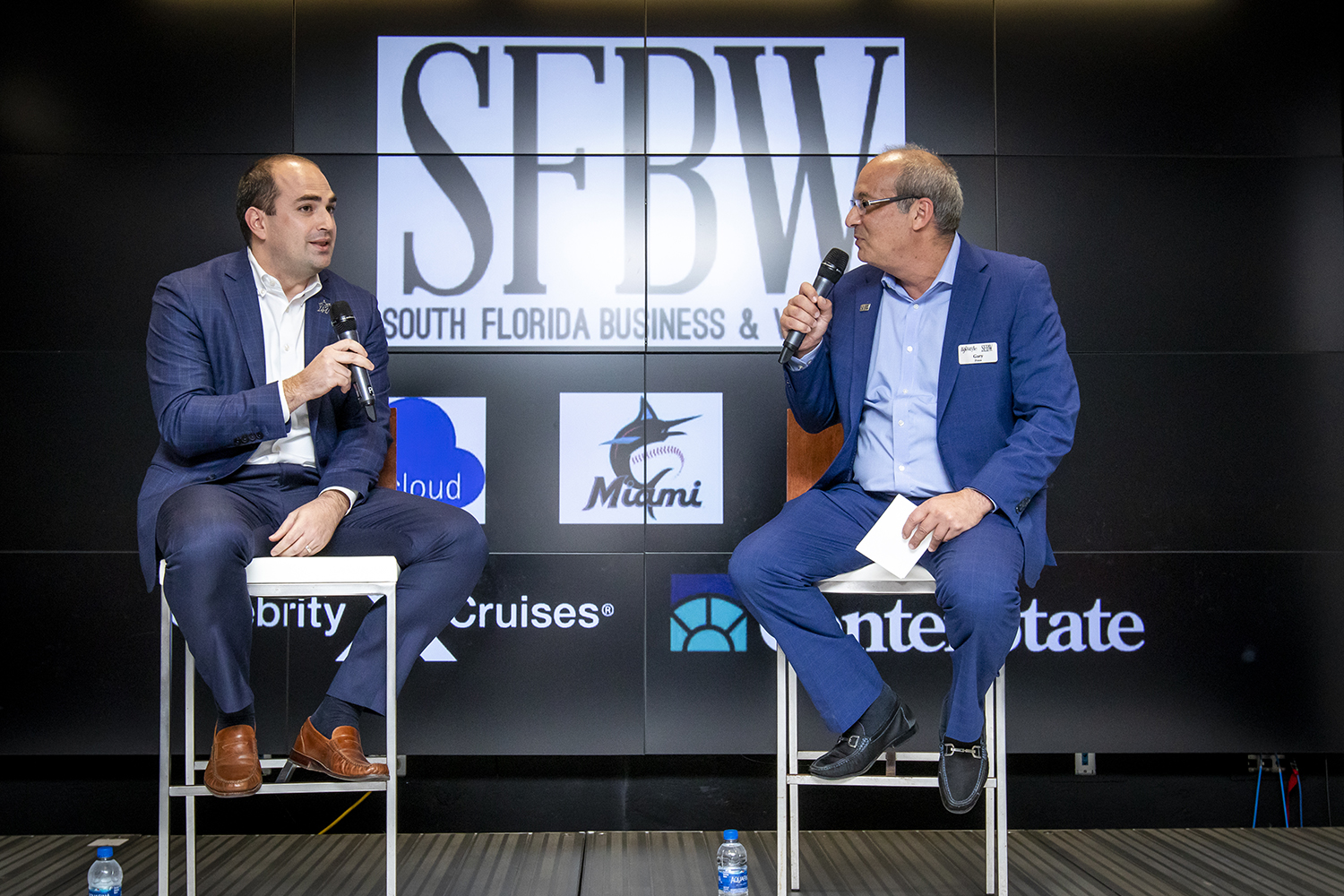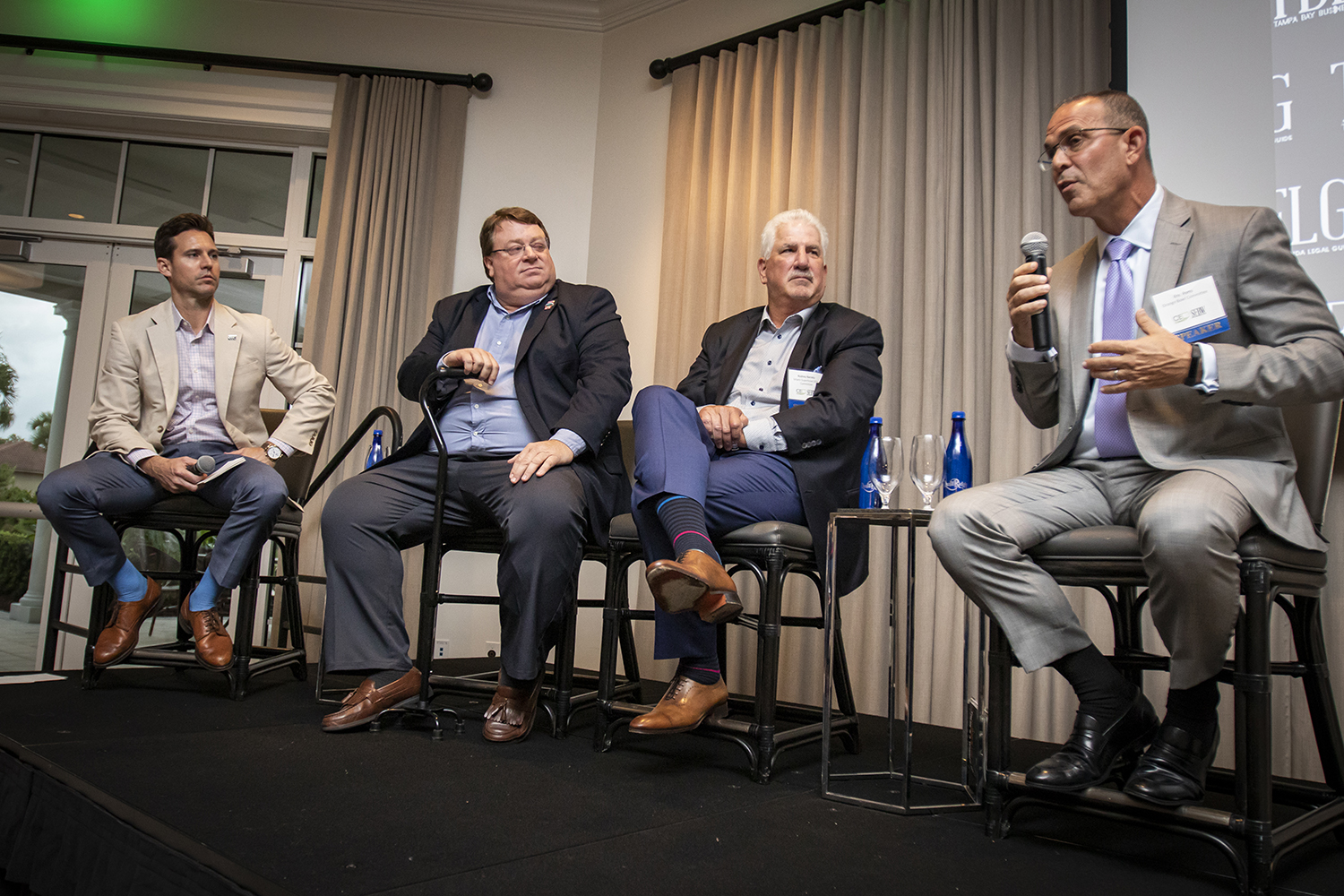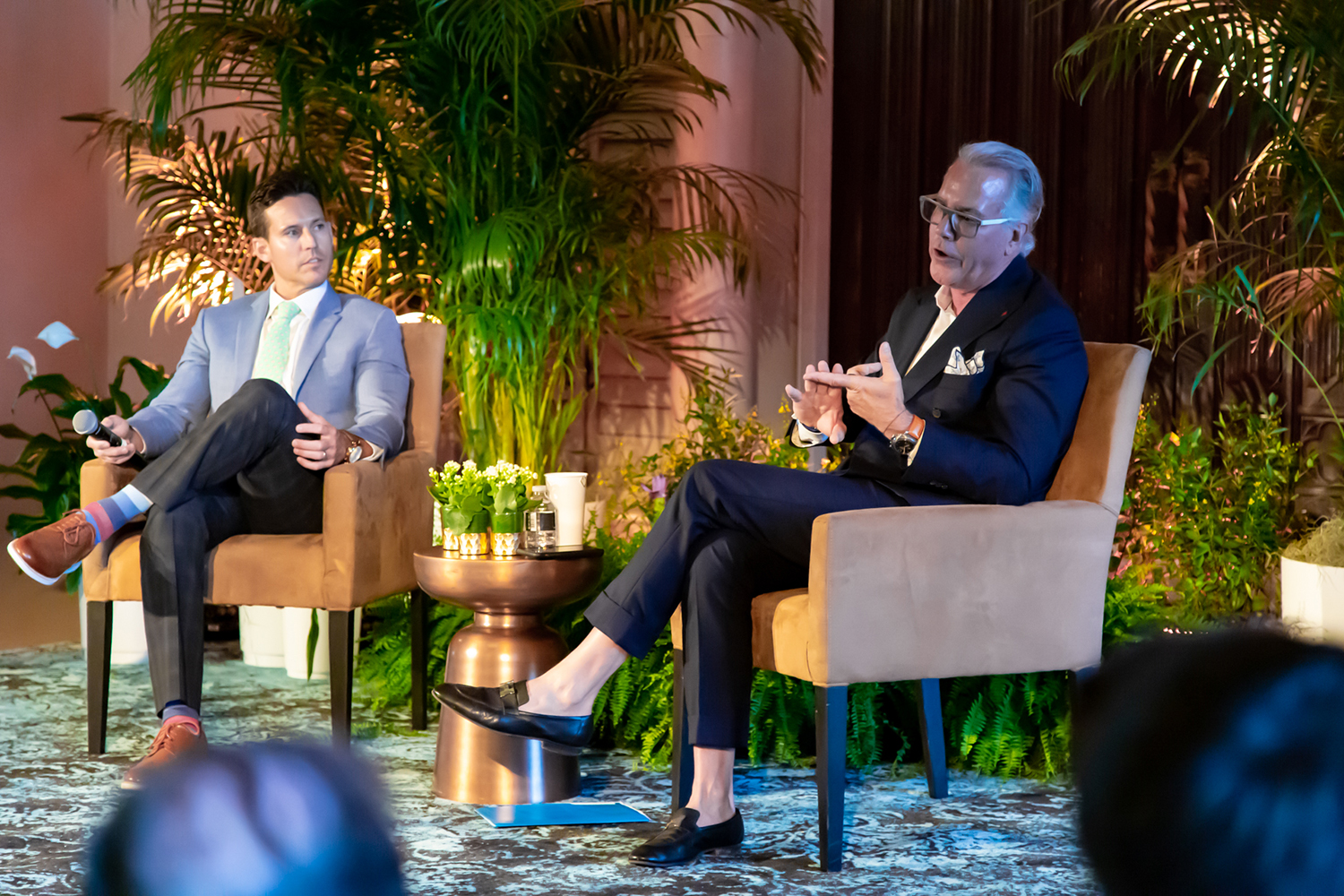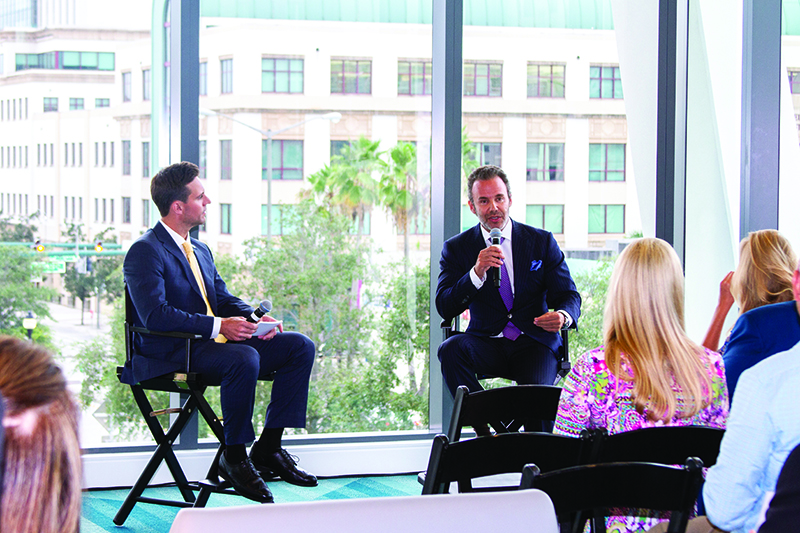[vc_row css_animation=”” row_type=”row” use_row_as_full_screen_section=”no” type=”full_width” angled_section=”no” text_align=”left” background_image_as_pattern=”without_pattern”][vc_column width=”2/3″][vc_column_text]
Photos by Evelyn Suarez
Dr. Julio Frenk became the sixth president of the University of Miami in August 2015. He also is a professor of public health sciences at the Leonard M. Miller School of Medicine and a professor of health sector management and policy at the School of Business Administration.
He previously was the dean of the Harvard T.H. Chan School of Public Health.
Frenk served as Mexico’s minister of health and introduced comprehensive universal coverage. He was the founding director-general of the National Institute of Public Health in Mexico. He also served as executive director in charge of evidence and information for policy at the World Health Organization and as senior fellow at the Bill & Melinda Gates Foundation.
Frenk holds a medical degree from the National University of Mexico and a master of public health and a joint Ph.D. in medical care organization and in sociology from the University of Michigan. He has received honorary degrees from seven universities.
He has written more than 160 articles in academic journals, as well as many books. He has written three best-selling novels for children explaining the human body.
He received the Clinton Global Citizen Award for changing the way practitioners and policymakers around the world think about health and Yale University’s Bouchet Medal for outstanding leadership.
Frenk was interviewed by SFBW Associate Publisher Clayton Idle at UM’s Newman Alumni Center. These interview highlights were edited for brevity and clarity.
What convinced you to leave Harvard to come to the University of Miami?
Three things, very specifically. I had been dean of the School of Public Health at Harvard for six years at that point. It was clear to me that the University of Miami was really in an upward trajectory. There was a palpable feeling of constant improvement. And that’s very exciting for me, when you join an organization that’s on an upward momentum.
The second reason was, I had become extremely interested in the role of universities, which is very complicated and challenging—the idea of what can universities do through research and education, to confront those challenges. So, I was contemplating the idea that after serving as dean in my field of specialty, serving in a larger perspective at a university would be a logical next step.
And then the third thing was the cosmopolitan character of this city—it is the crossroads of the Americas. Trustees of the university had a very clear idea that this was a strategic advantage for the university and to become really a global and hemispheric institution.
You’ve been the president now for a little over 3½ years. What’s the experience been like?
The experience has been great. That initial impression of an institution that’s driven by a desire to be better and to take intelligent calculated risks, as it seeks to innovate, has been confirmed. While many colleges are experiencing declining applications, we have had double-digit increases in the number of applications. That means we can be much more selective. The caliber of the students that are coming is increasing year after year.
I have seen that we are growing our portfolio of funding from federal grants and industry grants in research. Our academic health system, UHealth, is expanding at a time when that particular sector of the economy is facing a lot of disruptive change. We are leading in some of the innovations.
It’s a great job when every morning, you go to work, and the people who you interact with are, first of all, incredibly smart students or faculty and staff, and also incredibly motivated. This is a mission-driven university that’s really, really poised to be wonderful, a great success story in the U.S. and globally.
What are your main initiatives and strategies for change?
Well, the university is going to turn 100 in 2025. We have developed a strategic plan called “Roadmap to Our New Century.” It has five very focused strategic priorities.
The first one we call mission-driven research. As a research university, we produce incredible research in the life sciences. We are an institution that believes that our duty to society doesn’t end when we publish a paper. We want to address problems through interdisciplinary approaches to tackle large complex problems like spinal cord issues, like the challenge of cancer, social mobility or migration—big, big problems that we need to tackle.
Our second priority we call Education for Life. No longer can we think of education as something that happens during a specified period of your life. Our students are graduating to the most dynamic labor market in history. And as they evolve in their careers, they need to be able to come back continuously to the university. We’re trying to create an open system where people come in and out of the university at multiple stages of their life.
Our third priority has to do with health care. We call it a building a preeminent economical system, meaning a system that that’s creating everything, and addresses problems that are global. People travel to come to here, and we already have some of those in the Miami Project to Cure Paralysis and the Sylvester Comprehensive Cancer Center. People will travel here because they know this is where we have the top experts.
The fourth priority, which we call hemispheric leadership, is really taking advantage of our location, this cosmopolitan city. We’re building a consortium of universities from throughout the Americas in very interesting ways. And then we’re working with local authorities to make Miami an innovation hub, partnering with eMerge Americas.
Our fifth and last priority is what we call the Platform for Success. We’re the second-largest nonprofit employer in Miami Dade. To be able to support everything we do, we need ourselves to be an example and extend the concept of excellence to all our operations, our financial sustainability, our stewardship, all of the environmental resources that we operate, and our internal organizational culture.
How is technology continuing to change the education process?
As a research university, we are the generators of a lot of the innovation. If you look at almost every single, technological development after World War II, whether it’s the internet or most drugs that have come to greatly improve the length and the quality of life, it originated in research that was carried out most of the time in the university. So, we create the science that leads to technological innovation. We help our researchers commercialize their discoveries.
Second, we ourselves are the subjects of innovation, through innovation in education.
And then the third is we educate the future innovators.
Notwithstanding some famous dropouts, like Bill Gates and Steve Jobs, the vast majority of innovators actually went to universities and completed degrees. And that’s where, if we can stimulate their curiosity and allow them—as we’re doing, for example, in our College of Engineering with maker spaces and with immersive learning—we are educating the next generation of innovators.
We are developing something that we call the Platform for Excellence in Teaching. And that is to take advantage of huge opportunities in new technologies for education. For example, high-quality interactive online, which is running along with executive education or a simulation. Our nursing program now has a full simulation hospital. Simulation allows people to learn from a very powerful source of learning, which is to make a mistake. Our students in nursing and in medicine and other health professions, learn to manage complex situations with high-end mannequins that are highly automated, almost like robots that interact.
I want this university to be cutting-edge. We’re seriously investing in innovation.
Your family fled Germany in the 1930s to go to Mexico. How did that shape the outlook of your family and yourself?
So, my father’s side had to escape. When you belong to a family of refugees, people who were forced out of their country, because of their political beliefs, or their religious beliefs, or any other circumstance, you do take a very different outlook.
One of the things it has done to me is to appreciate what I call the generosity of strangers. My family would have been killed if they stayed in Germany. My grandfather was a physician, and they had two young children.
A country that was much poorer than Germany in the 1930s, Mexico, opened their arms to them and allow them to come and build a family. It provided them with a great opportunity. So, what it has developed is this idea of the generosity of strangers. It’s relatively easy to be generous with your family, or your friends, the people you know. It is hard to be generous with people you do not know. So, I caught up with the idea of the duty to give back when you receive such a gift.
You wrote an article for the Washington Post in 2018, to talk about an academic consortium involving 10 leading universities in the Western Hemisphere. Would you please talk about the effort?
That’s one of the priorities I mentioned. We call it hemispheric leadership. And one of the main issues has been this consortium, which is now 15 universities from Canada all the way to the southern tip of South America, including the Caribbean. The idea is to is to improve student mobility, create opportunities for joint learning, joint courses, using some of the technology to overcome some of the barriers. It includes enhanced, mixed reality, where you can use virtual, digital and physical reality to actually recreate global classrooms. We’re using it both for research collaboration and for student mobility, then also for technological innovation.
What can you tell us about the novels you’ve written for children to understand the functions of the human body?
When I was a medical student, I fell in love with physiology, the science that explains how the body functions and the normal human body. I had taken some courses in elementary school and high school, but I hadn’t really understood until I was a first-year medical student. I said, “That that can’t be right.” So, I decided to write for a younger audience. And I created this story of a group of amino acids. Proteins are a form of amino acids. They’re eaten in an egg by a farmer. The amino acids go throughout the body and have all of these adventures. They encounter bacteria and fight the bacteria. The cells talk to them, they interact. And I created a hero and there is a female hero and they have a little romance going on.
I wrote it mostly for my own satisfaction on weekends. I put it in a drawer, and three years later, my girlfriend at that time, says, “Why don’t you take it to a publisher?” And to my surprise, it got published. It has been in print since 1978. It has sold literally hundreds of thousands of copies.
We had a second volume, where the trip is within one cell. So, readers understand DNA and how cells divide and cellular metabolism.
And then there’s one just to talk about sexual and reproductive health. If you can tell that story in a respectful, loving way, parents just love it. Instead of talking about the birds and the bees, they read a book to their kids. I think we got balance, explaining the biology but also the human element of sexuality, and the risks of unprotected sex.
What is the Rosenstiel School of Marine and Atmospheric Science contributing to the research on climate change?
The Rosenstiel School started as a lab and has grown into one of the jewels in the crown of the university. It is one of the top climate research groups. We have a hurricane simulator. When we have a hurricane, a lot of the science that we see on TV, etc. is drawn from research carried out at the Rosenstiel School.
Climate change was a major topic when I arrived. I did a listening exercise my first 100 days, which included our students, staff, faculty, chambers of commerce, county and city governments and civic leaders. Consistently, the No. 1 topic that appeared as the biggest challenge was climate change. This is an example of what I was calling mission-driven research. Our goal is to translate that research and provide solutions to climate change. It is one of the absolute top priorities. It mobilizes every part of the Rosenstiel School—not only the climate scientists, but our school of architecture, talking about urban resilience, our school of engineering, arts and science. Some of the humanities are trying to understand how you interpret that kind of catastrophic risks in a human community. So, it is one of the focal points. for our interdisciplinary research.
It’s also research that we apply to ourselves, because we—as an institution, because of where we are located—are at risk. I would say it’s our top research priority at this point.♦
[/vc_column_text][/vc_column][vc_column width=”1/3″][vc_gallery interval=”10″ images=”31345,31352,31351,31350,31349,31348,31347,31346″][/vc_column][/vc_row]



